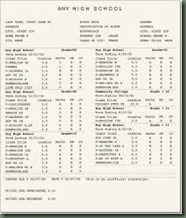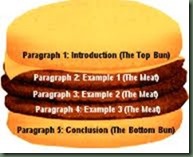 Thursdays we discuss how reusable materials help you WOW committees and save time
Thursdays we discuss how reusable materials help you WOW committees and save time
Anna earned a 3.85 GPA. She excelled at math and science in which she maintained a 4.0 grade point average. A second tier private university admitted her to their nuclear physics program. She earned one scholarship. The only one for which she submitted an application. She submitted no additional applications until after she graduated. She could have earned $150,000-200,000 easily if she had applied—but she did not apply.
Research Answers from the Past in Part A
We’ve shared, in past posts, questions asked in scholarship applications. We encourage you to research, type, and perfect answers to those questions in Part A of your master application.
Some of the questions will require research to get the right answers. Fortunately, you may find most answers using search engines on the Internet. For example, you may need to find the addresses and phone numbers of:
- Former elementary, junior high and high schools
- Former employers
- Community clubs or organizations for which you gave service or leadership
You may also need to research the dates of:
- Concerts or recitals in which you performed
- Sporting events or championships in which you competed
- Service projects or disasters that generated the need for service
- Tenure in leadership positions
- Contests of creative talents in which you competed
Once you complete your master application, ask someone to review and edit it to ensure no typos or errors.
Keep Your Master Application Current
You will use your master application for more than applying for scholarships. You will use it to complete school admission, employment, housing, utilities, insurance, or other online applications (even paper ones, if they still exist). As a result, you want to keep the master application current by adding information. You may need to add:
- Questions you encounter on applications that have not been answered on your master application
- New employment, service, or leadership positions you held
- Concerts, competitions, or performances in which you participated
- New skills or additions to your themes
Saturday we share tips for completing personal profiles on scholarship search engines










